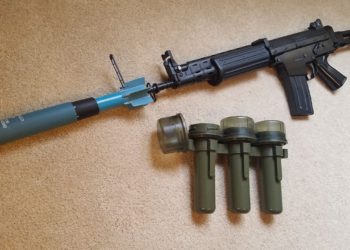UXO: Ghosts of Past Wars
Remnants of World War I: An Ongoing Struggle
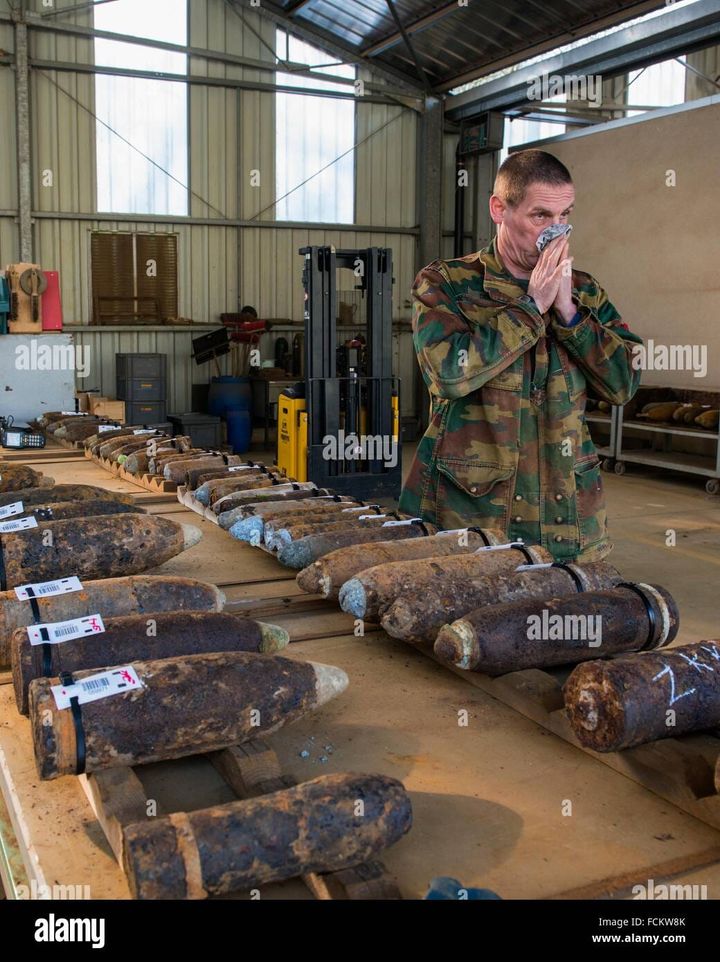
Over 100 years after the end of WWI, Belgium still struggles with unexploded devices, some still containing Mustard Gas.
In 1919, people in France and Belgium wanted to turn the page, forget about WWI and move back home. Farmers were also eager to resume working in their fields. But there was a problem: An estimated 1455 million shells had been fired along the front between 1914 and 1918. Worse: An estimated 30% to 40% of them had not detonated on impact. And 5% of those shells were filled with various poison gases. “Red Zones” were established by the authorities where the risk was at its highest. In those zones, nobody was allowed to go back. But people, landlords, and farmers lobbied hard to overturn this decision. In some cases, visible shells were hastily removed, and people allowed to go back, despite the fact the ground was still full of explosive devices.
The Paardenmarkt Shell Graveyard
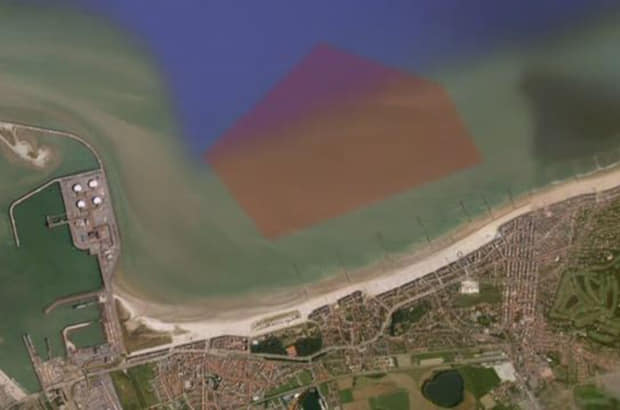
In Belgium, 35,000 tons worth of UXO, many of them containing mustard gas, were removed from the nearby battlefield and moved onto a sandbank 1 kilometer from the coast of Zeebrugge. It became known as the shell graveyard of Paardenmarkt. Back in 1919, this solution seemed perfect. In and around that area, the current and tides are pretty mellow and the mud is rich in methane and therefore poor in oxygen. The shells stored there were bound to be preserved for a long time. Well, they were right. The shells remained intact for a long time indeed. 100 years to be precise. Now, however, traces of Mustard Gas have been detected in the water.
How to sanitize the area is the million-dollar question! There is, in Belgium, a factory specialized in the neutralization and destruction of unexploded bombs and shells, including chemical ones. But this factory, situated in Poelkapelle, is already very busy indeed: An average of 300 tons of UXO dating back to WWI and WWII are found each year in Belgium! The price to pay for two world wars! However, the factory can only safely process 10 to 15 shells a day. There are already 25,000 shells stocked in a warehouse near the factory, waiting for their turn to be safely destroyed! And there are thousands of tons of shells still in the ground, waiting to be found… Or detonate on unsuspecting farmers or workers digging around: Every year, an average of 3 to 5 accidents involving ammunition dating back to WWI occur.
The Situation in France
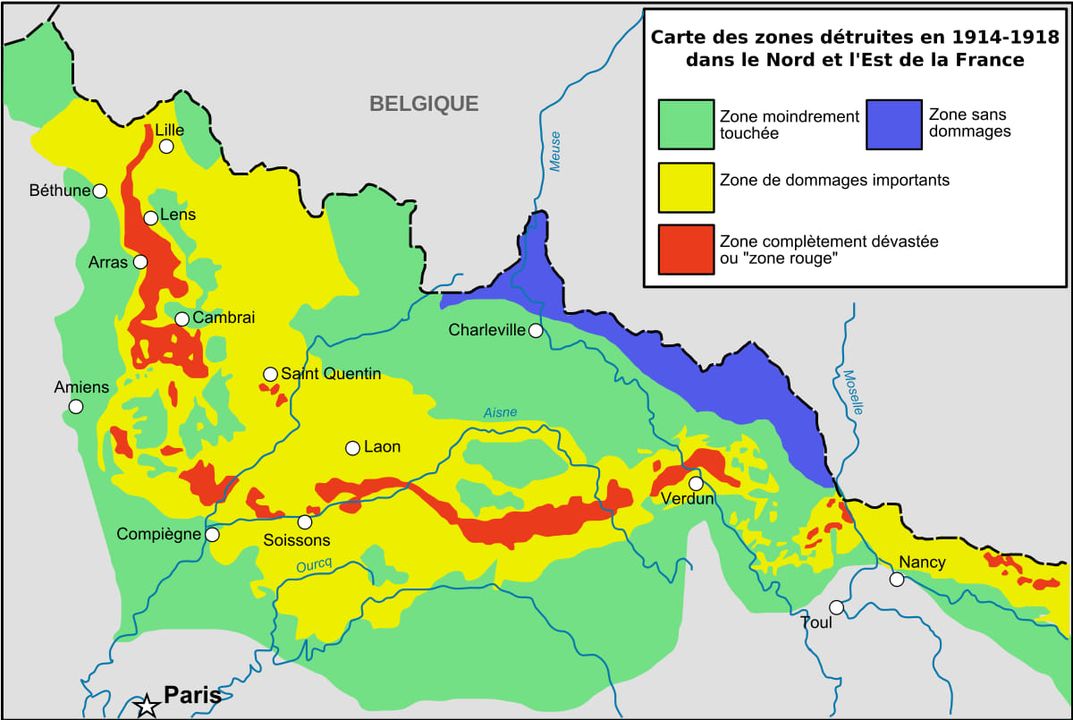
The situation is no better in neighbouring France, where in the North, the ground is also full of UXO, from grenades to artillery shells… And in some cases, forgotten “mines”: Cavities dug through tunnels and filled with 10 to 40 tons of explosives that were destined to be detonated below enemy trenches! 24 French villages were completely razed throughout WWI, due to the intensity of the fighting along the front. 9 were never rebuilt and are still to this day, considered Red Zones. Arsenic from the thousands of tons of shells fallen on site pollutes the ground, vegetation and water tables… You only have to scratch the dirt to find WWI era artifacts, including explosives.
The Long Road to Safety
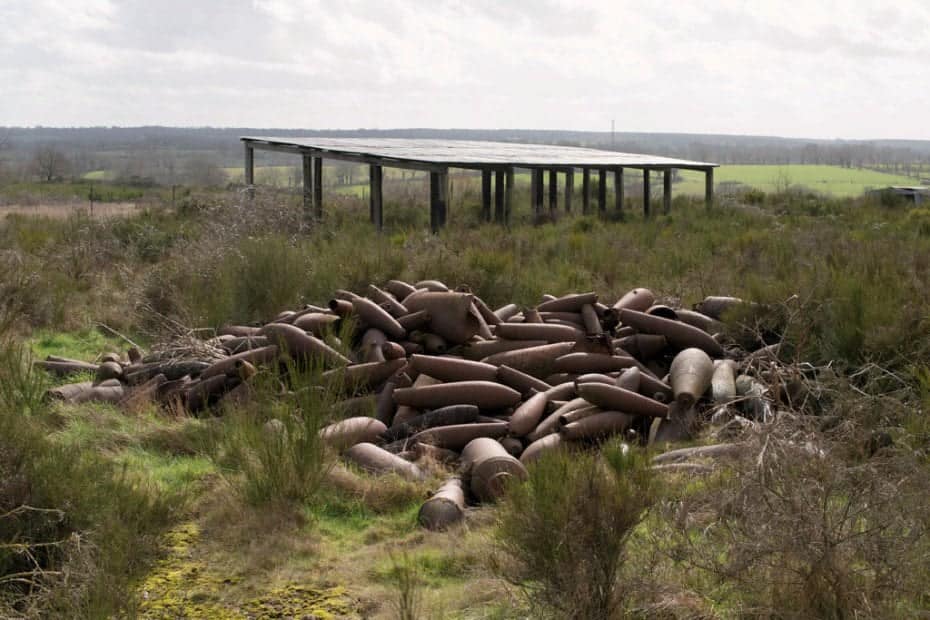
It is estimated that it will take 300 to 700 years of intensive work to remove all UXO and make those areas safe again.
Something to think about when we discuss the Ukrainian conflict, too.
-RBM.






